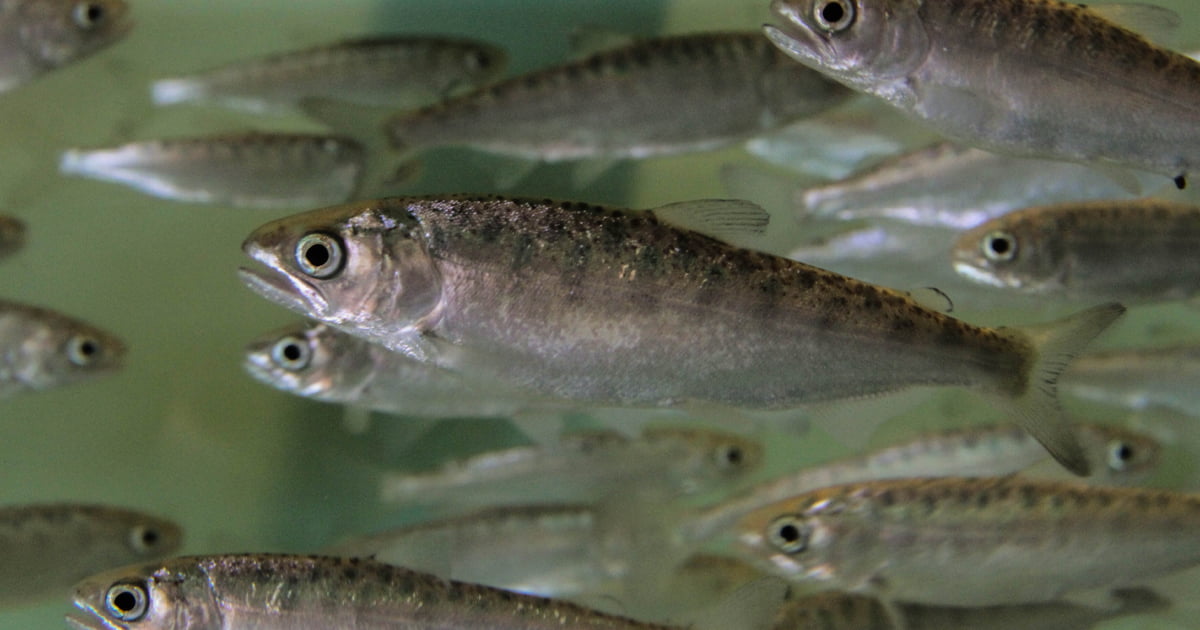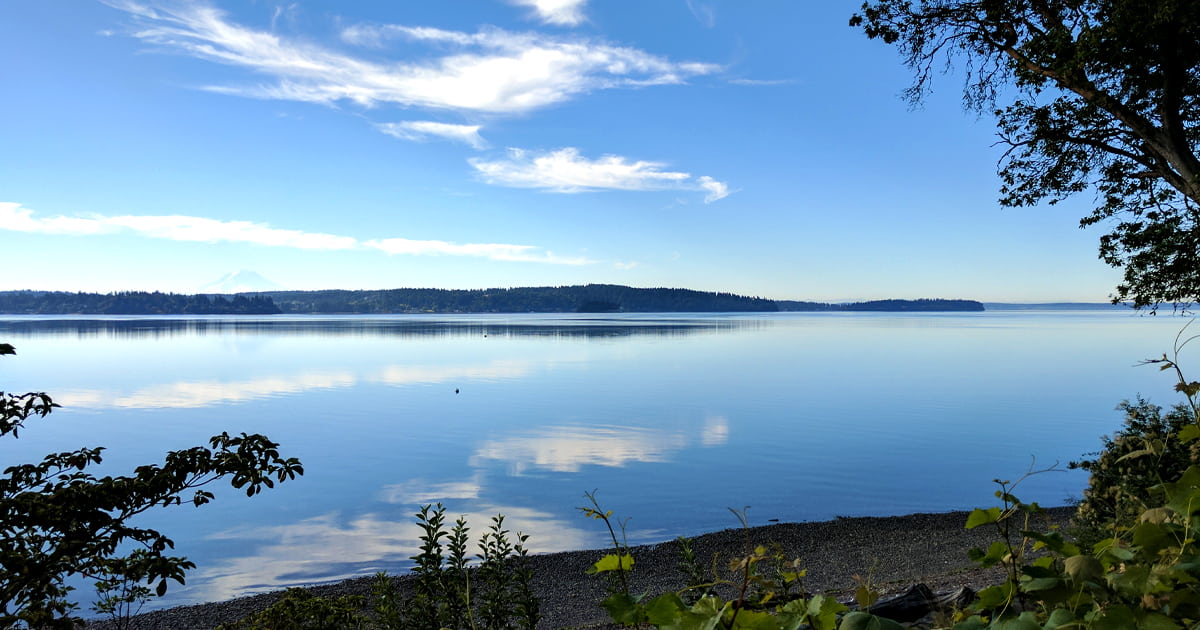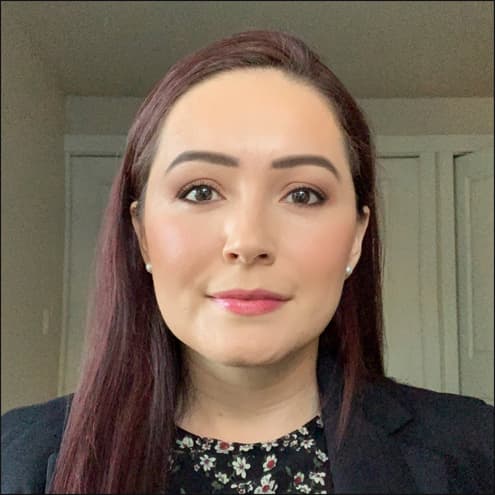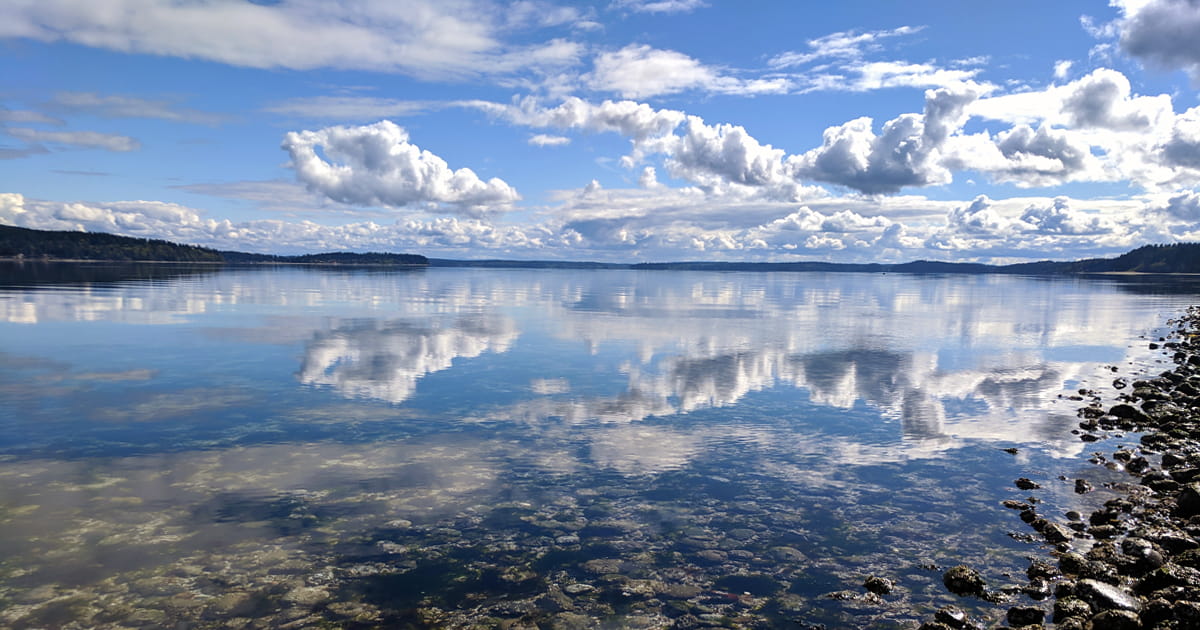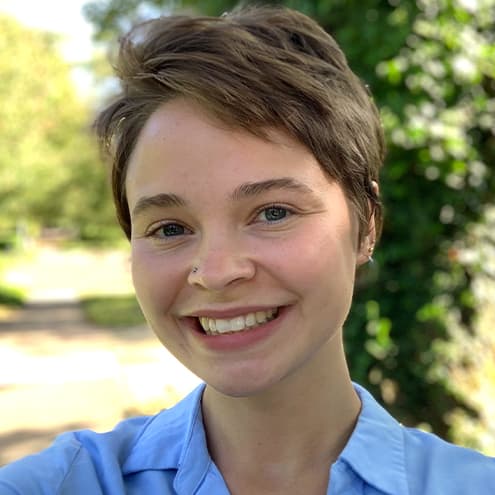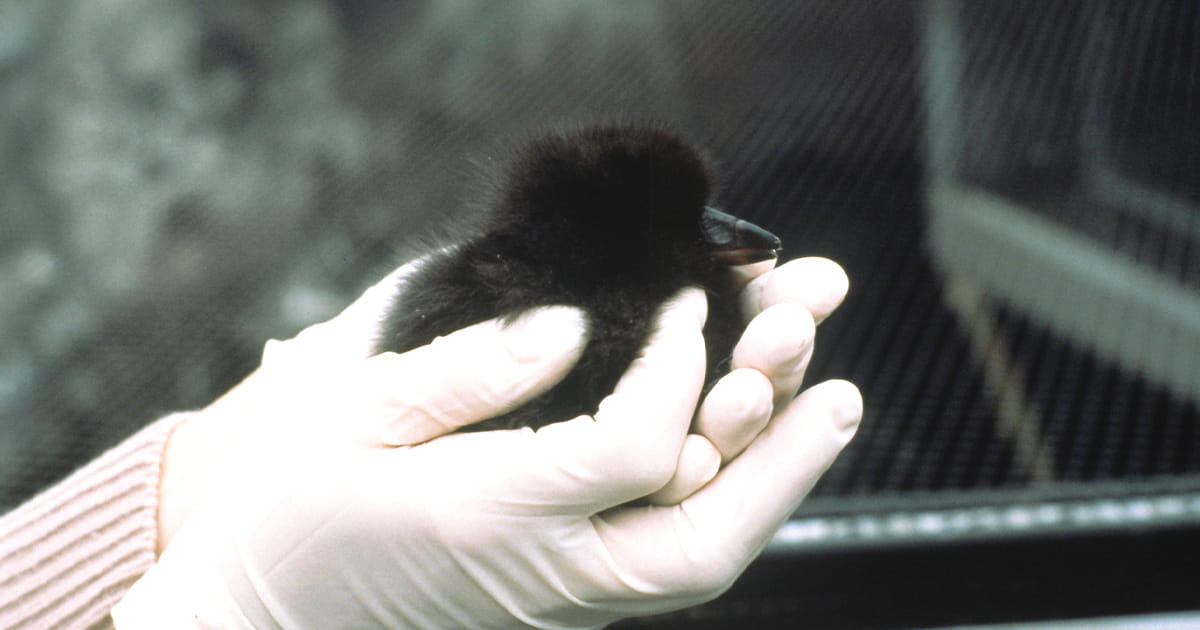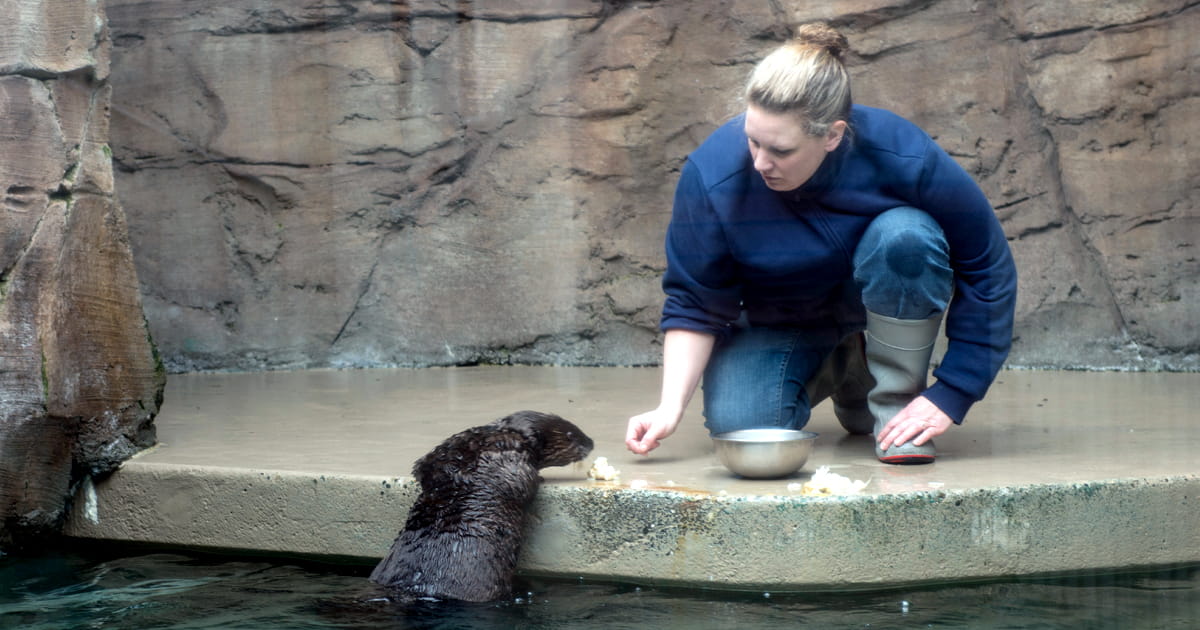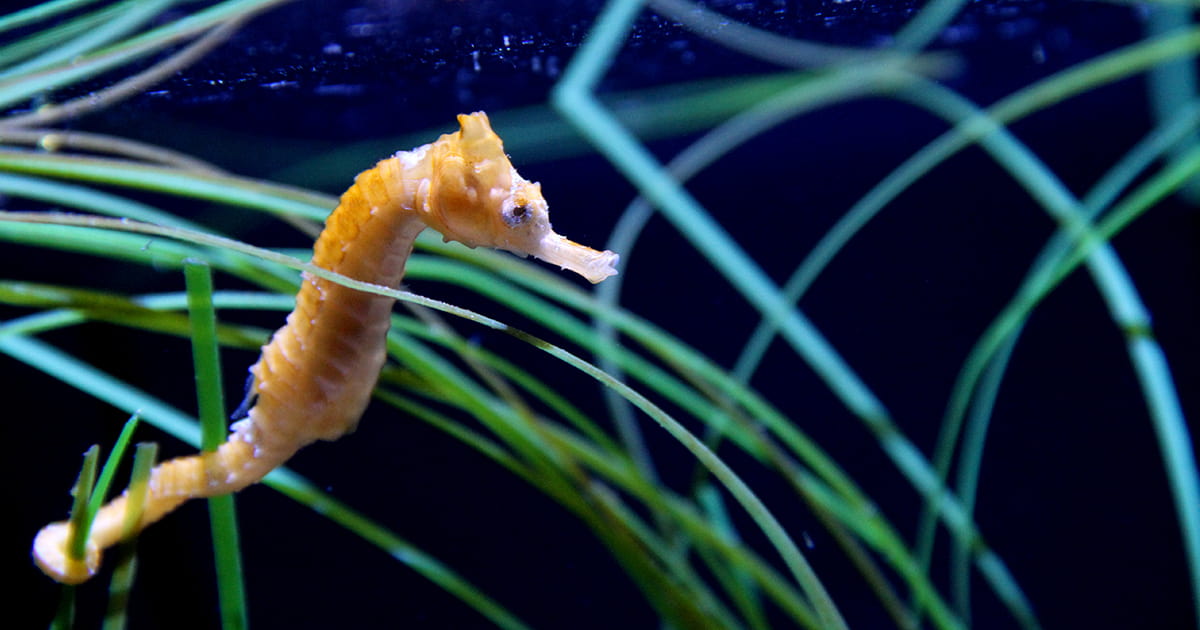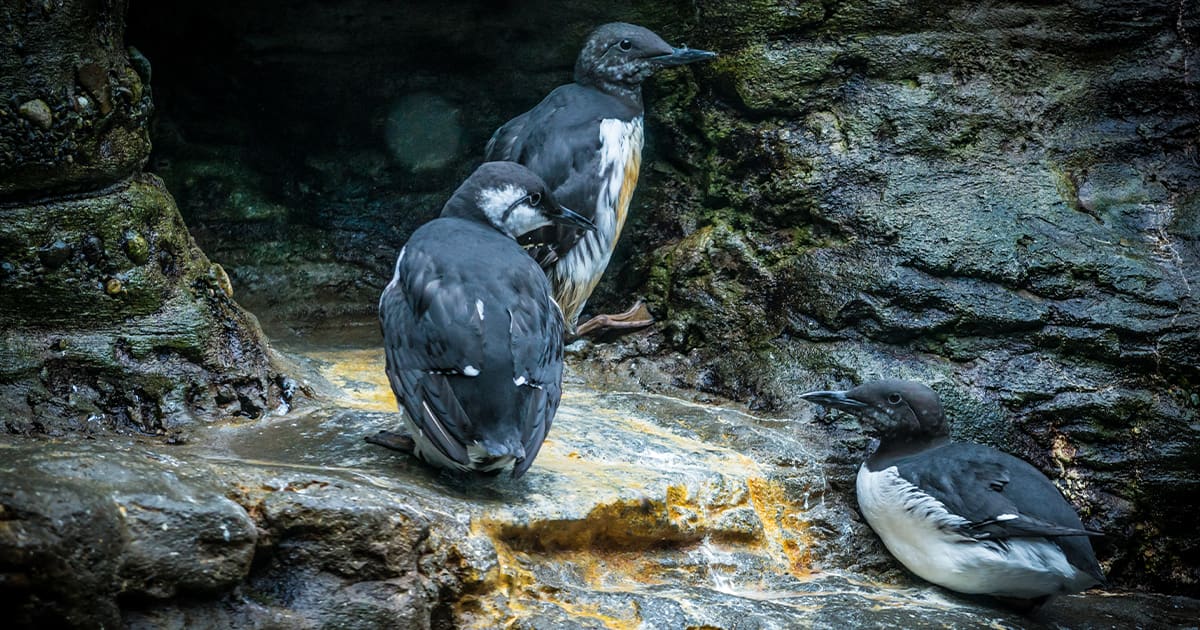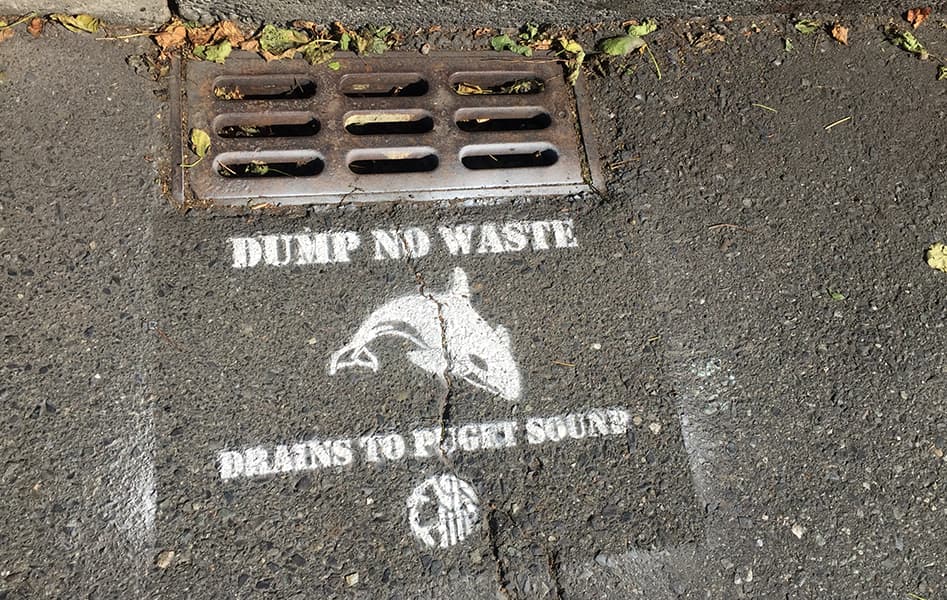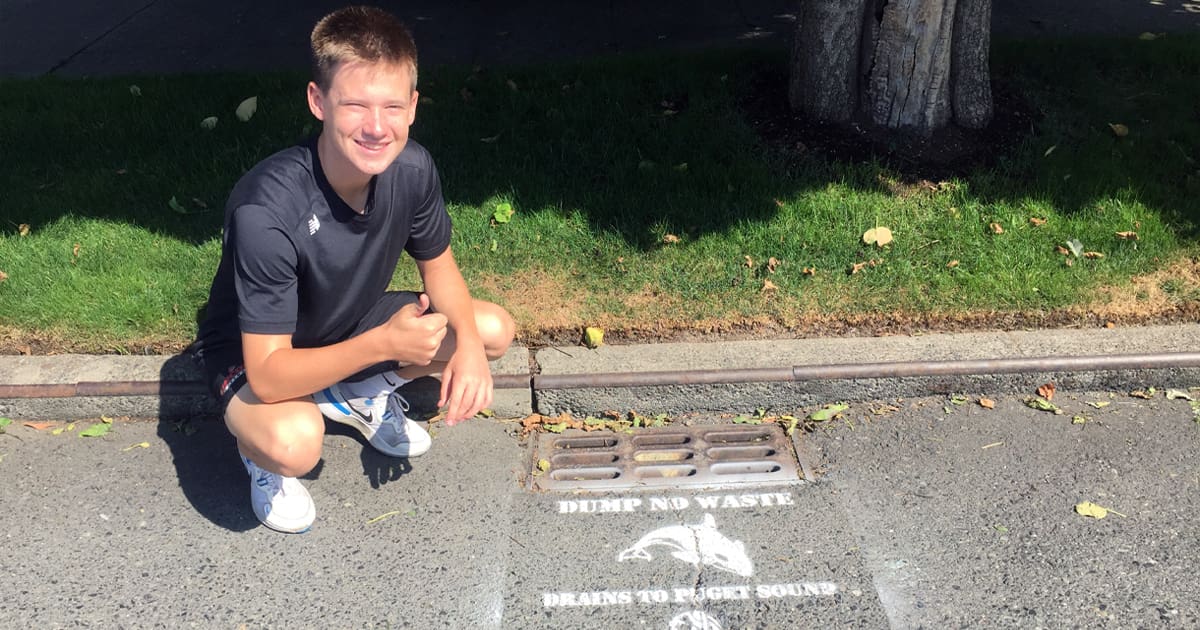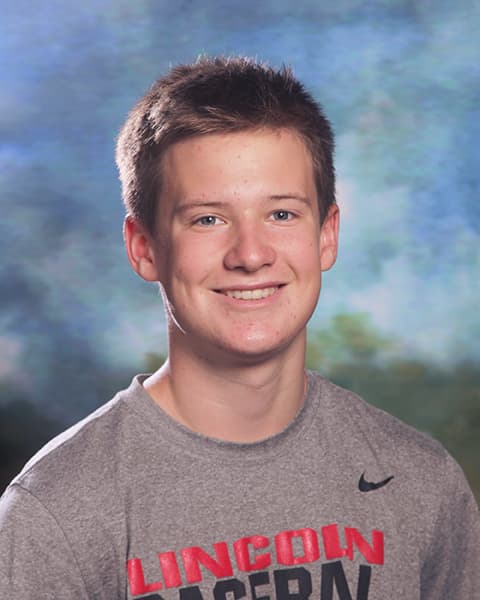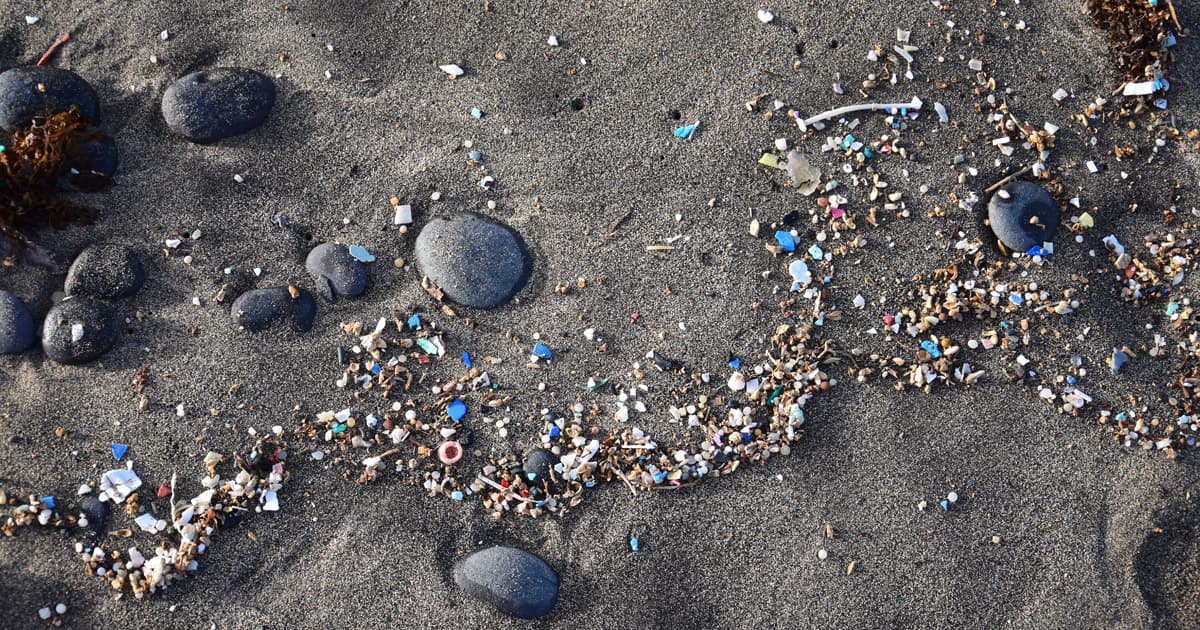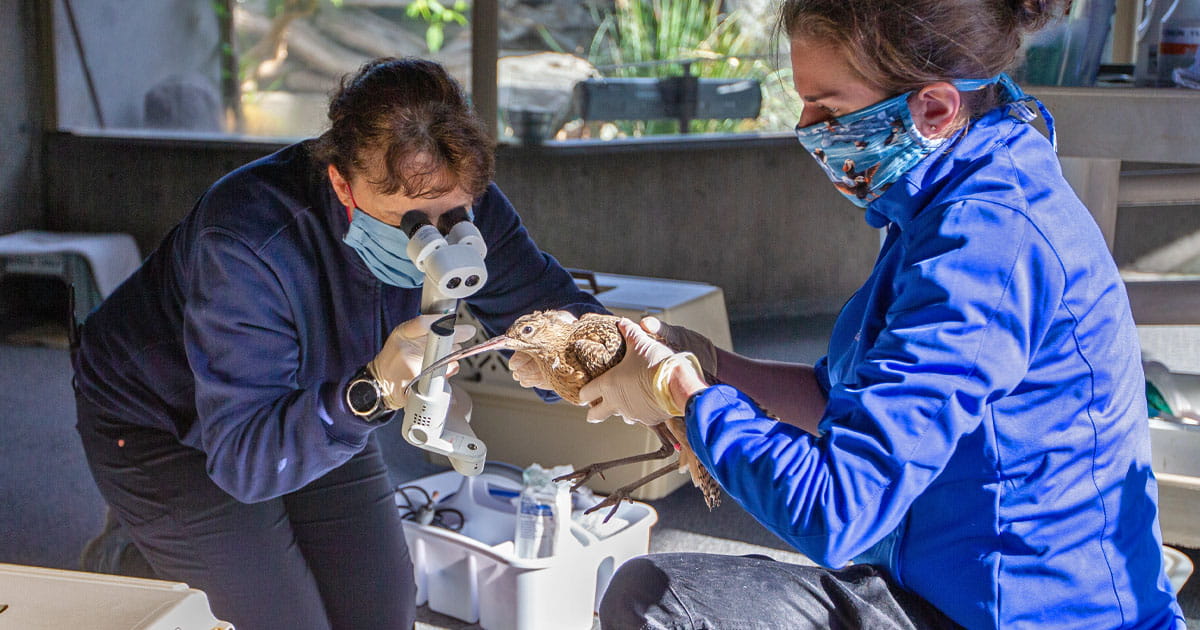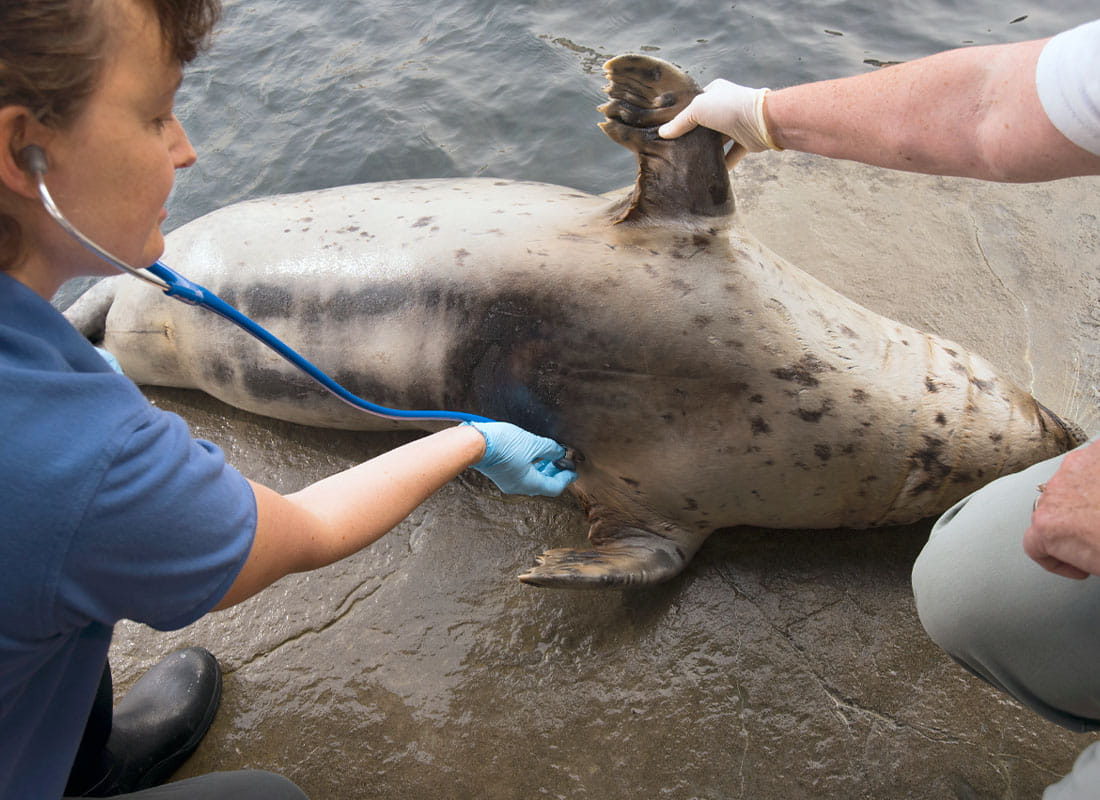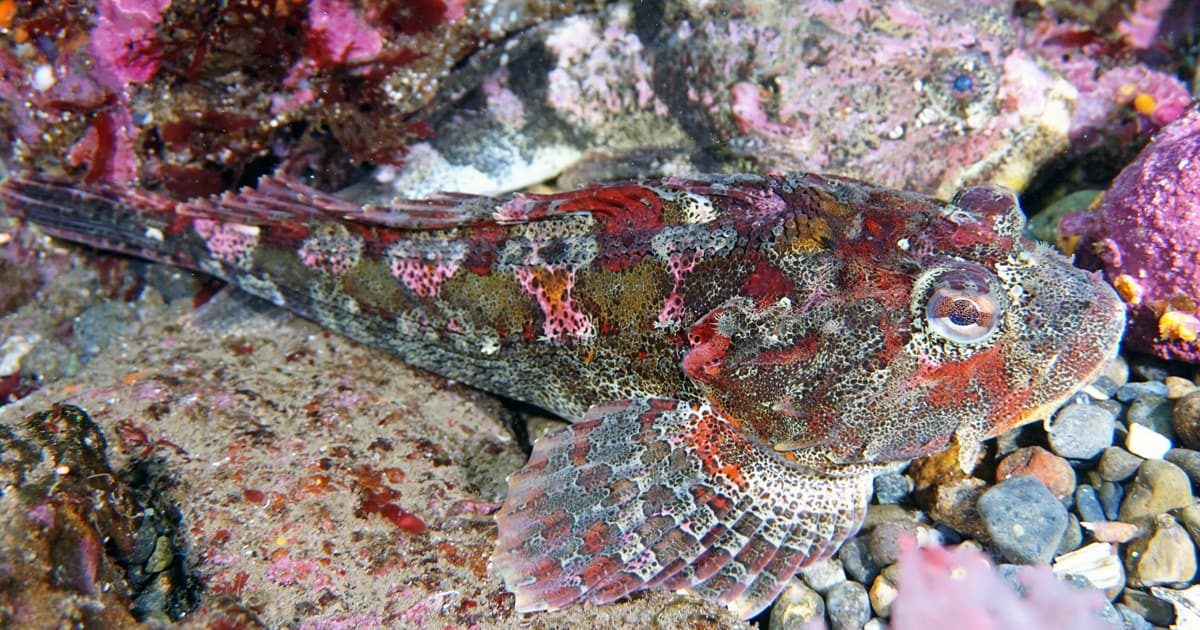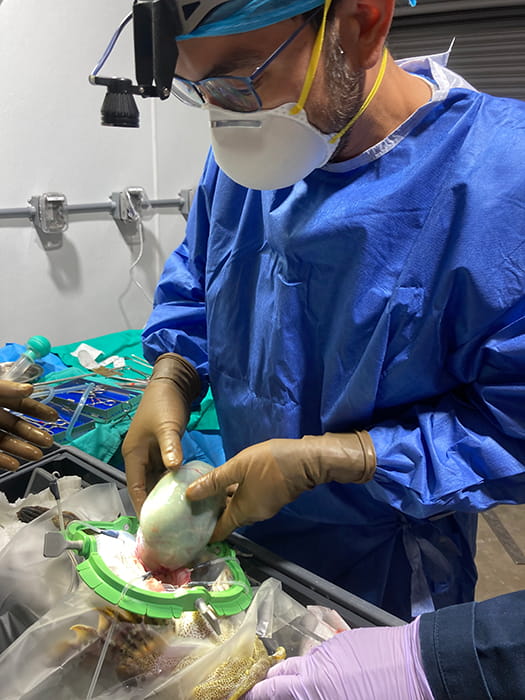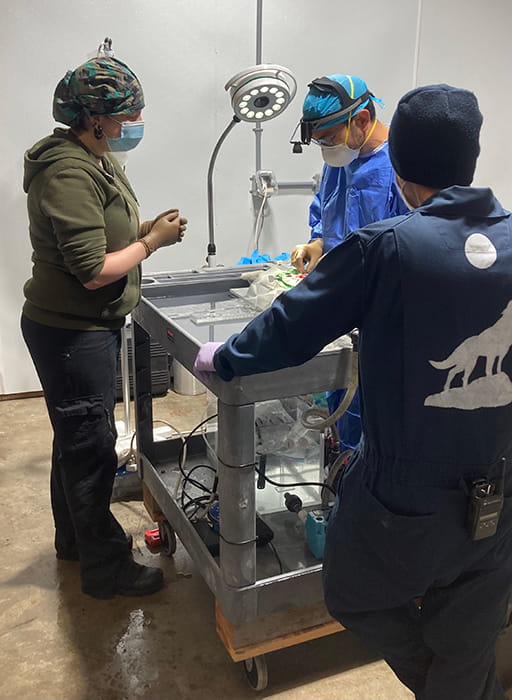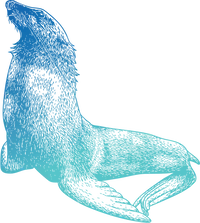Speaking up for ocean health: 2022 priorities in the Washington legislature
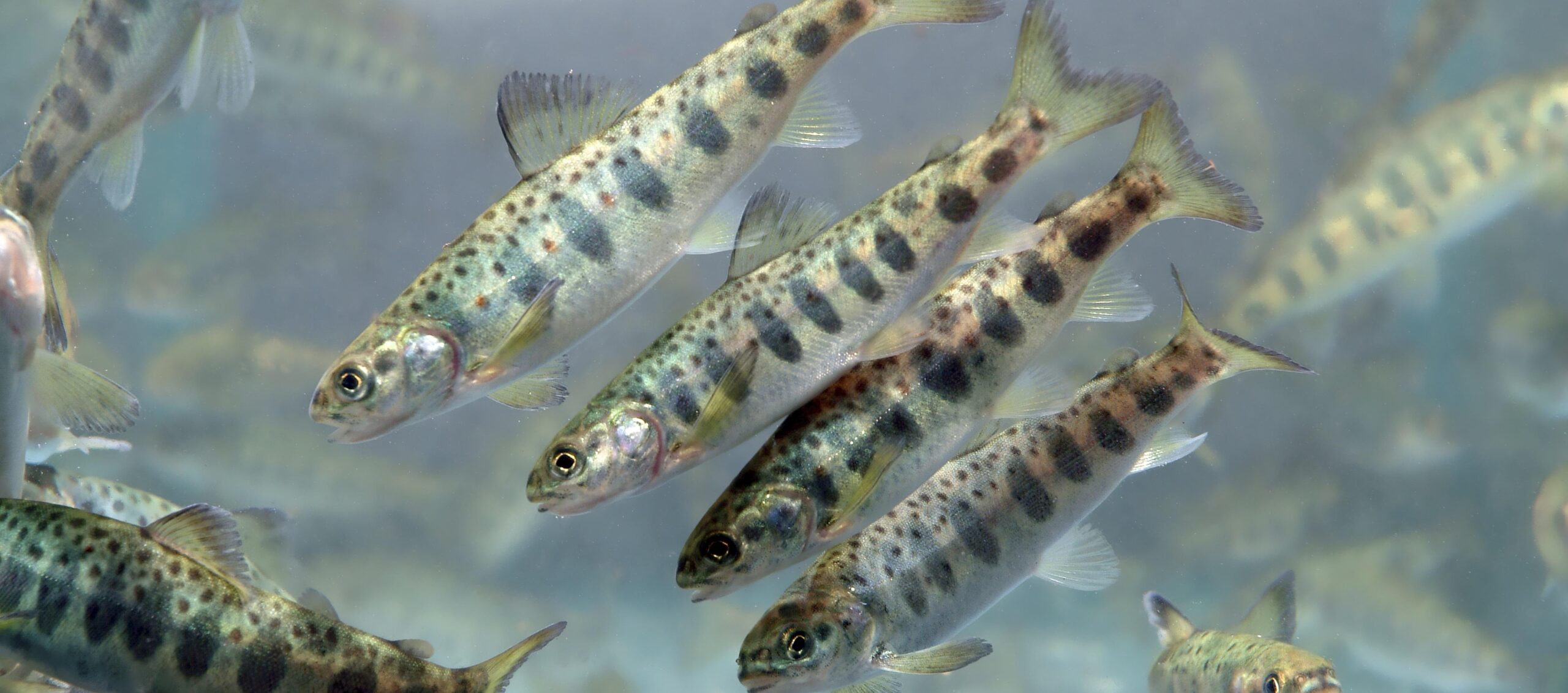
As the Washington state legislative session begins, the Seattle Aquarium is working with partners to advance science-based policies and funding that will protect ocean health. Read on to learn about some of our top priorities for 2022—and how you can take action, too!

Reducing plastic pollution
Single-use packaging represents a major environmental problem—very little of it is recycled. Waste, including harmful plastics, accumulates in the ocean and on our shorelines, putting marine wildlife at risk. We are advocating for the RENEW Act (SB 5697) to modernize and transform our recycling system and reduce waste from this packaging. The RENEW Act would:
- Make producers of packaging and paper products responsible for the full life cycle of their products.
- Require that by 2031, 100% of the packaging and paper products made in or sold into Washington is reusable, recyclable or compostable.
- Ensure all Washington residents have access to recycling services.
Protecting salmon habitat
Salmon are keystone species and critical for Washington ecosystems and communities, as well as for the survival of the endangered southern resident orcas. We are supporting several policies to recover salmon and protect their habitat:
- Lorraine Loomis Act for Salmon Recovery (HB 1838/SB 5727) to shade rivers and streams and protect critical waterways, providing salmon the cold water they need to survive.
- Identifying and addressing structures like old docks and bulkheads that are either unpermitted or have fallen into disrepair so we can restore nearshore habitat for forage fish and salmon (SB 5885).
- Developing a plan to protect and restore at least 10,000 acres of kelp forests and eelgrass meadows by 2040 (HB 1661/SB 5619).
- A $50.2 million state investment in the Duckabush River Estuary Restoration Project.
Addressing climate change
Alongside the commitments in our new sustainability master plan, such as building our new Ocean Pavilion to be all electric and offsetting embodied carbon for all construction projects, we are also supporting:
- Strengthening building energy codes (HB 1770/SB 5669).
- Expanding energy performance standards for large buildings (HB 1774).
- Creating a reporting system on embodied carbon and other impacts of the structural materials used in state-funded infrastructure projects (Buy Clean and Buy Fair, HB 1103/SB 5366).
- Developing a transportation system that prioritizes equity and reduces greenhouse gas emissions.
- Requiring local governments to incorporate climate resilience into comprehensive plans (HB 1099).
Working with partners and advancing environmental justice
As a member of the Environmental Priorities Coalition, we also support the other EPC 2022 priorities and Partnership Agenda, including Energy for All (HB 1490), led by Front and Centered.
Raise your voice!
- If you live in Washington state, speak up about your priorities for ocean and environmental health. Email your elected officials or call the toll-free legislative hotline at (800) 562-6000 (TTY for hearing impaired [800] 833-6388) between 8am and 7pm, Monday through Friday, to leave a message for all three of your legislators at once.
- Share your WA legislative district with us so we can reach out to you about supporting targeted policy actions where your legislator could cast a key vote.
- Sign up to receive occasional action alerts on ocean-related policy issues.
- Discover additional ways you can help the marine environment by visiting our Act for the Ocean page.
